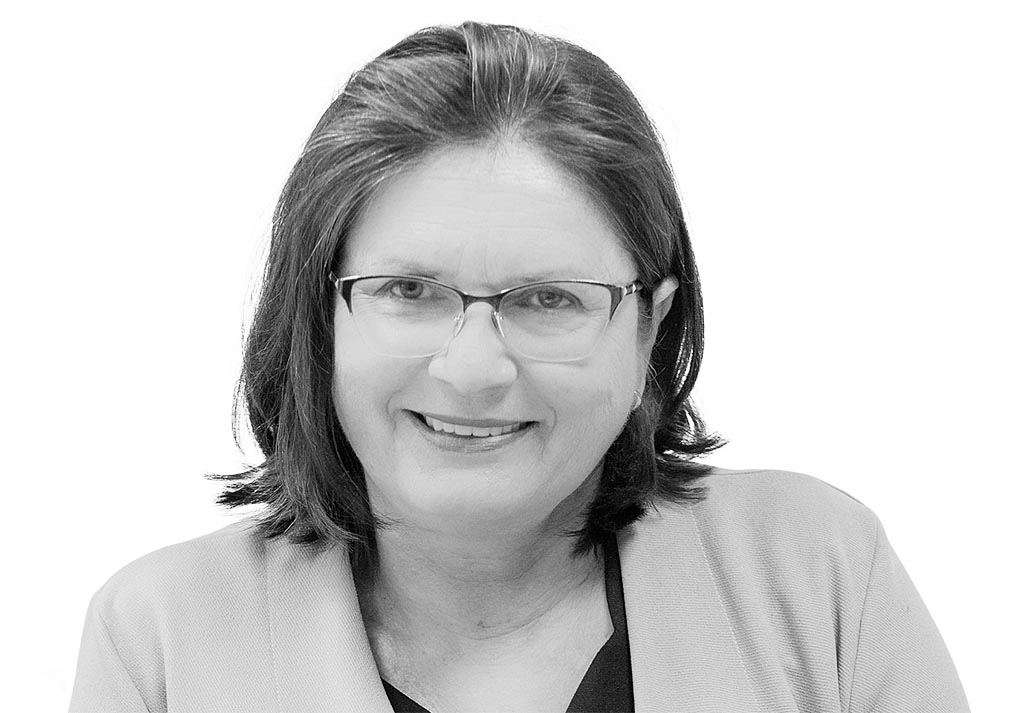By: Dr Andreja Valič Zver
With the announced politically directed “merger” of two museum institutions, it is difficult to remain silent. Not only that, as the former director of the Study Centre for National Reconciliation, which I led from 2008 to 2020, I have memories of similar or even worse hardships that we went through at the Study Centre during “my” period of leadership of the institution. The very beginning of the operation was turbulent.
Let me return for a moment to 2008, which began with the hope that the promising four-year rule of the first Janša’s government would bring success in the August elections and that the mandate of the spring forces would continue for the good of Slovenia and the Slovenian nation. Chroniclers wrote about the “golden age”: good economic condition, high employment, higher birth rate, successful first EU presidency. But the “big bang” happened, the Patria affair imported from Finland, created on home soil by masterminds from behind the scenes. Slovenia was once again relegated to the dark side of history. The already less successful democratic transition – if we compare it to other former countries behind the Iron Curtain – was stalled for many years.
After the lost elections in 2008, the shock at the spring pole was considerable. Many felt cheated and there was great uncertainty in worries about the future. In such a stormy situation, I – also equipped with international experience – came from the safe haven of my professorship at the request of the former Minister of Justice Dr Lovro Šturm to take over the leadership of the newly established Study Centre for National Reconciliation. As I was told later, none of the established researchers of the “dark side of history” decided to venture into the uncertain waters of managing such a fragile and vulnerable institution as the Study Centre was then. Let’s remember that it was established by Janša’s government in May 2008, shortly before the elections. It must be honestly admitted that there were some initial awkwardnesses at the time of establishment, which burdened us for a long time. But the “child” was born and had to be put on its feet. Ten historians, inherited from Šturm’s Ministry of Justice, awaited me – with fear and with hope – in the premises at Tivolska Street 42. In a few years, we turned one of the Ljubljana headquarters of the former secret political police Udba, where iron bars on the windows are still present in some rooms and everything full of unexplained cables, into a room of meetings and lively dialogues. But it was a hard road to get there.
There were huge dilemmas and a very real fear that Pahor’s government would abolish the institution or “merge” it with one of the existing ones during its first moves. I think it is clear that such a thing is not difficult for those in power, because they have scissors and canvas in their hands. And yet it did not happen. With the support of some influential individuals and the spring work of the public, the institution successfully fought against enemies on all possible fronts for twelve years. For most of this period, left-leaning governments were in power, which were stopping us in countless ways. Minister Zalar even decided not to pay salaries to the centre’s employees. So far, it has not been publicly announced that Milan Zver prevented the first attempt to destroy the Study Centre in a conversation with the then Prime Minister Pahor. The latter understood that this would also have international consequences for Slovenia. The majority media space remained closed to us or even openly hostile. The former Udba and its minions have been trying to penetrate the institution from within all along. They may have even succeeded in doing so.
Regardless of the “special war” that has been waged against the Study Centre since its foundation, we have grown into a strong and internationally successful institution. This is evidenced by published publications, domestic and international events, involvement in international institutions, collected archival material, library, and museum premises (prison cells), visits to educational institutions, and last but not least, the multitude of loyal friends who attended events and supported us.
But every story ends somewhere, and even the Study Centre is different today than it was. Nevertheless, I will never stop believing in its mission. Just as I believe in the mission of the Museum of Slovenian Independence, for which in the early winter of 2020, together with Ddr Verena Perko, I contributed to the first starting points. Because I know the functioning of the Museum of Recent History of Slovenia quite well –I led the board of this museum after all – I know that the merger means something else than what the current Minister of Culture is explaining to us in her anointed “new speech”. In any case, the intended merger is a “death sentence” for the Museum of Slovenian Independence. I would not be surprised if the opponents of Slovenian independence were given an honourable place on the pedestal in the newly planned “spritzer” museum.
